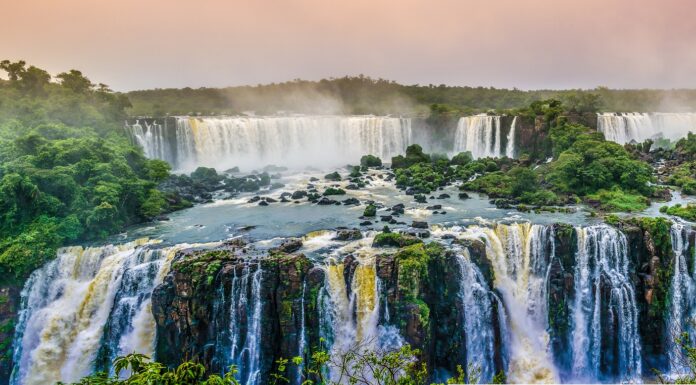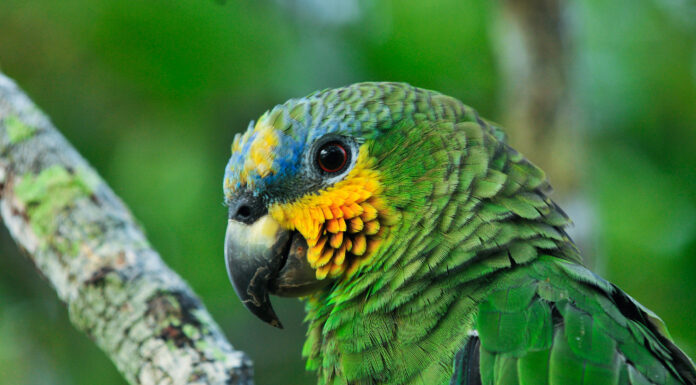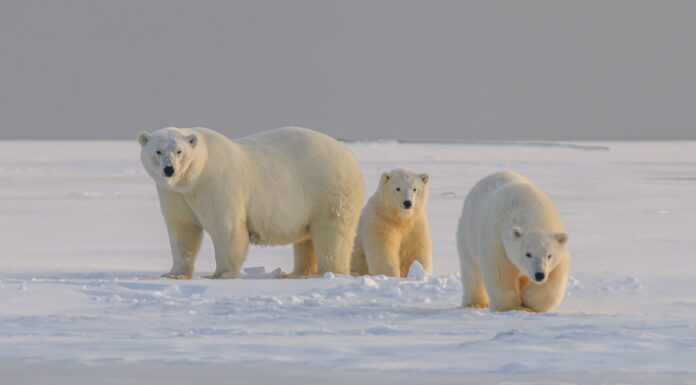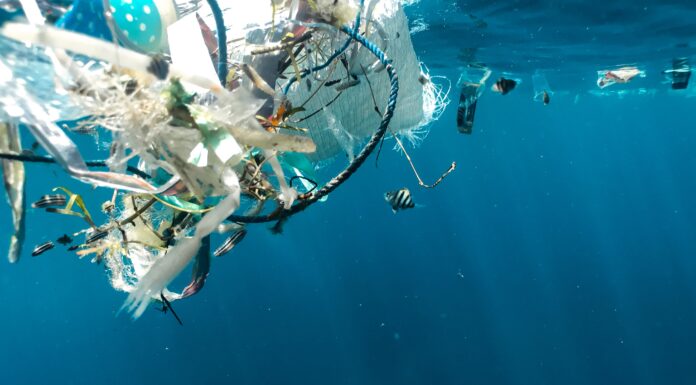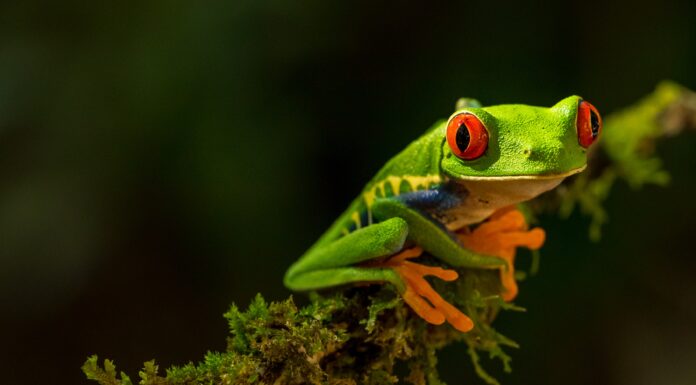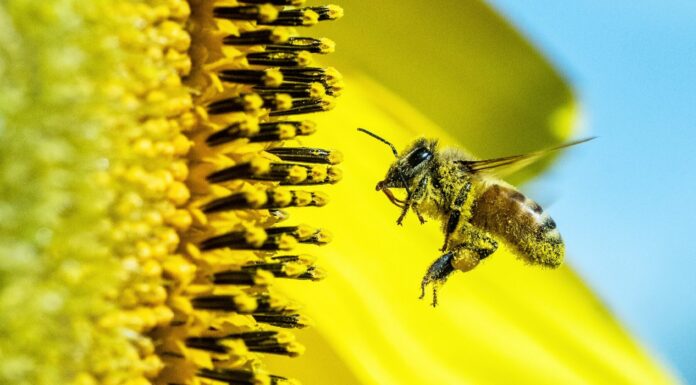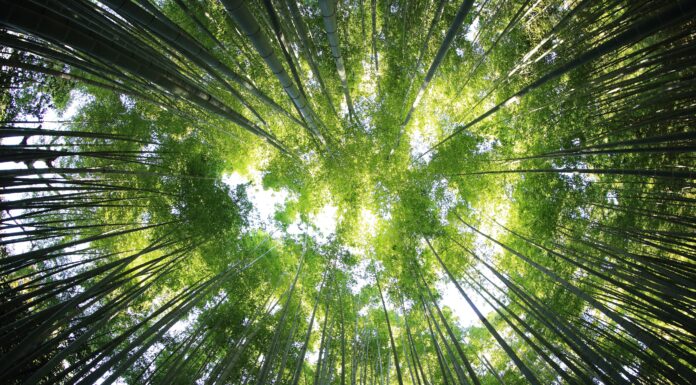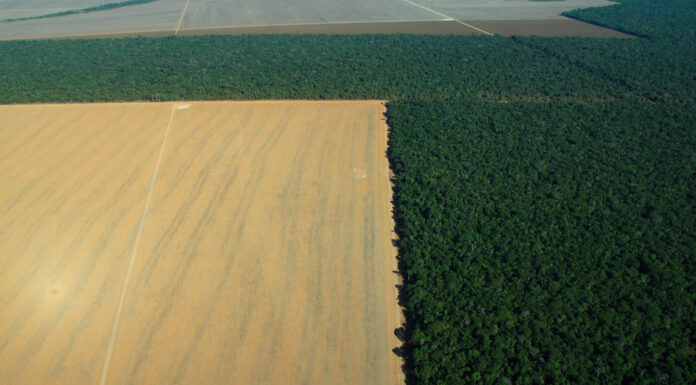Written by: Aida Cuní Sanchez, Martin Sullivan, and Phil Platts
Tropical forests are well known for being the “lungs” of our planet. Through photosynthesis, the trees in these forests produce oxygen and remove enormous amounts of carbon dioxide from the atmosphere, helping to mitigate...
Courtesy of Landscape News
Written by: Natasha Vizcarra
An international panel of 200 scientists has called for a halt to deforestation in the Amazon rainforest, saying the biome plays a critical role in global water cycles and regulating climate variability and therefore must...
Written by: Kimberly White
Indigenous groups in Brazil are calling on the International Criminal Court (ICC) to investigate President Jair Bolsonaro for genocide and ecocide.
The Articulation of Indigenous Peoples from Brazil (APIB) filed a statement with the ICC accusing the...
Written by: David Obura
A framework to help countries develop national strategies for the conservation and sustainable use of their natural resources is nearing completion. The so-called ‘post-2020’ global biodiversity framework will provide goals and targets to stem and reverse the decline...
Written by: Johnny Wood
The Clean Currents Coalition - a global network of local projects - is on a mission to clean up the world’s rivers, using scientific solutions to address the problem of plastic waste in waterways around the world.
River clean-ups...
Written by: Natalie Marchant
What happens to coal mines when they're no longer in use? In Appalachia, United States, one nonprofit has a solution – restoring thousands of acres of once-surface-mined land to their erstwhile natural glory.
Kentucky-based Green Forests Work is boosting...
Written by: Pete Smith, Camille Parmesan, and Mark Maslin
A landmark report by the world’s most senior climate and biodiversity scientists argues that the world will have to tackle the climate crisis and the species extinction crisis simultaneously, or not at all.
That’s because Earth’s land and...
Written by: Kimberly White
Nature protection policies are beneficial for both biodiversity and economies, according to a new report from the World Bank. The World Bank has found that nature-smart policies are essential to prevent ecosystem collapse and the resulting...
Written by: Izabella Teixeira and Janez Potocnik
Biodiversity is declining faster than at any other time in history, with successive major reports highlighting the huge scale of nature loss. In fact, 1 million plant and animal species are threatened with extinction,...
Courtesy of Landscape News
Written by: Augusta Dwyer
A new study published in Nature Communications has quantified for the first time exactly how much deforestation decreases rainfall in the Amazon rainforest – and has put a price on it.
According to the analysis carried...

